Home>Gardening & Outdoor>Pool & Spa Care>How To Find A Leak In Hot Tub
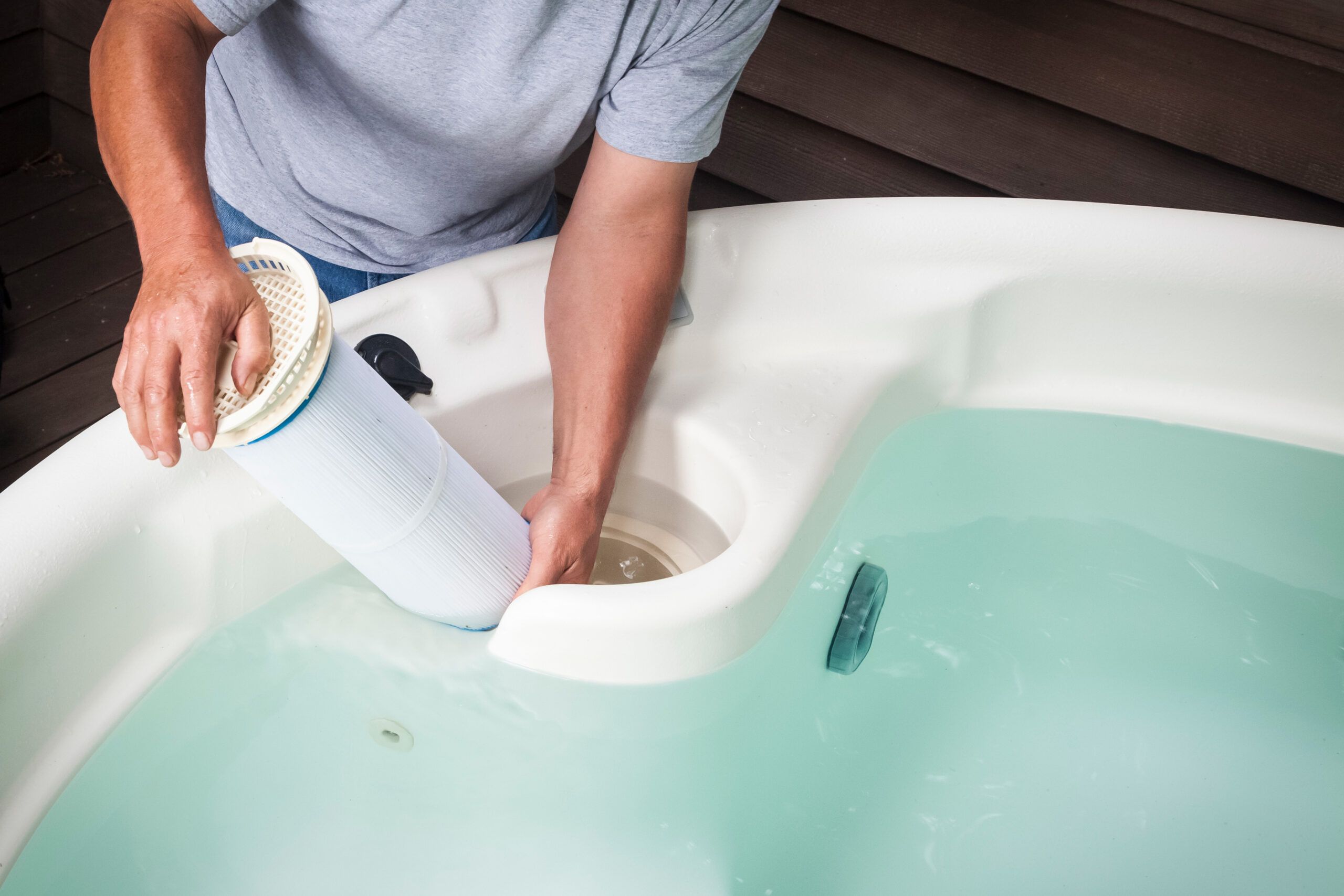

Pool & Spa Care
How To Find A Leak In Hot Tub
Published: December 28, 2023
Learn how to efficiently locate and fix leaks in your hot tub with our expert pool and spa care tips. Keep your hot tub in top condition with our step-by-step guide.
(Many of the links in this article redirect to a specific reviewed product. Your purchase of these products through affiliate links helps to generate commission for Storables.com, at no extra cost. Learn more)
Introduction
Owning a hot tub is a luxurious and relaxing experience, but it comes with the responsibility of proper maintenance. One common issue that hot tub owners may encounter is a leak. A leak not only leads to water wastage but can also cause damage to the hot tub and its surrounding area. Detecting and fixing a leak promptly is crucial to prevent further complications.
In this comprehensive guide, we will explore the signs of a leak, the process of checking the hot tub for leaks, common leak locations, and the steps to find and fix the leak. By the end of this article, you will have the knowledge and confidence to address a leak in your hot tub effectively.
Let's dive into the world of hot tub care and learn how to identify and resolve leaks to keep your oasis in top condition.
Key Takeaways:
- Keep an eye out for signs of a leak in your hot tub, like water level changes and unusual pump behavior, to prevent damage and maintain a relaxing oasis.
- Thoroughly inspect your hot tub for leaks, focusing on common areas like plumbing connections and jet housings, and take proactive steps to find and fix any issues.
Read more: How To Find A Leak In Your Hot Tub
Signs of a Leak
Identifying a leak in your hot tub is crucial for maintaining its functionality and preventing potential damage. There are several signs that may indicate a leak:
- Water Level Fluctuation: If you notice a consistent decrease in the water level despite regular refilling, it could be a sign of a leak. Keep an eye on the water level to monitor any unexplained changes.
- Dampness Around the Hot Tub: Check for damp or moist areas around the hot tub, especially near the equipment compartment or the base. Persistent dampness indicates a possible leak.
- Unexplained Water Stains: Water stains on the surface surrounding the hot tub, such as the decking or concrete, can be indicative of a leak. Look for discolored or stained areas that cannot be attributed to splashing or normal use.
- Decreased Water Temperature: A leak can lead to a gradual decrease in water temperature as the hot water escapes and is replaced by cooler water. If you find yourself needing to adjust the temperature more frequently, a leak could be the culprit.
- Unusual Pump Behavior: If the hot tub’s pump runs more frequently or for longer durations than usual, it may be compensating for water loss due to a leak.
Being attentive to these signs can help you detect a leak early, preventing potential damage to your hot tub and its surrounding area. Once you’ve identified these signs, it’s essential to proceed with a thorough inspection to pinpoint the leak’s location.
Checking the Hot Tub
When you suspect a leak in your hot tub, a systematic inspection is essential to locate the source of the issue. Follow these steps to thoroughly check your hot tub for leaks:
- Inspect the Exterior: Begin by carefully examining the exterior of the hot tub, including the shell, cabinet, and equipment compartment. Look for any visible cracks, gaps, or areas where the sealant may have deteriorated.
- Examine the Equipment: Check the pump, filter, heater, and other components for signs of moisture or water accumulation. Any abnormal dampness in these areas could indicate a leak in the associated plumbing or fittings.
- Monitor the Water Level: Fill the hot tub to its normal operating level and mark the waterline. Allow the hot tub to run normally for a day or two, then recheck the water level. A noticeable drop suggests a leak.
- Use Leak Detection Dye: Leak detection dye can be a valuable tool for identifying leaks. Add the dye to the water and observe any areas where the color is drawn out, indicating a potential leak site.
- Inspect the Jets and Fittings: Carefully examine the jets, valves, and fittings for any signs of leakage or damage. Tighten loose fittings and replace deteriorated seals to prevent leaks.
By systematically examining the hot tub’s exterior, equipment, and water system, you can gather valuable insights into the presence and location of a leak. Once you have completed this thorough inspection, you can focus on the common areas where leaks tend to occur.
Check the hot tub shell, fittings, and plumbing for any visible cracks or damage. Use a dye test to identify leaks in hard-to-see areas. Keep an eye on the water level to pinpoint the location of the leak.
Common Leak Locations
Understanding the typical areas where leaks occur in hot tubs can streamline the detection process. Here are some common locations where leaks may manifest:
- Plumbing Connections: The fittings and connections in the hot tub’s plumbing system are prone to leaks due to wear, corrosion, or improper installation. Inspect the unions, valves, and pipe connections for any signs of moisture or dripping.
- Jet Housings: Leaks can develop around the jet housings, especially if the seals have degraded over time. Check for water accumulation around the jets and ensure that the seals are intact and properly seated.
- Equipment Seals: The seals around the pump, heater, and filter can deteriorate, leading to leaks. Carefully examine these areas for any moisture or signs of seal degradation.
- Shell and Surface Cracks: Over time, the hot tub’s shell or surface may develop hairline cracks or damage, allowing water to escape. Inspect the interior and exterior surfaces for any visible cracks or compromised areas.
- Spray Foam Insulation: If your hot tub is insulated with spray foam, leaks can be challenging to detect. However, areas with wet or discolored foam may indicate a leak in the plumbing or shell.
By being aware of these common leak locations, you can focus your inspection on these critical areas and increase the likelihood of identifying the source of the leak. Once you have pinpointed the location, you can proceed with the necessary steps to address the issue and restore your hot tub’s integrity.
Finding and Fixing the Leak
Once you have identified the potential areas of leakage in your hot tub, it’s time to take the necessary steps to find and fix the leak. The following guidelines will help you navigate this process effectively:
- Isolating the Leak: If you’ve used leak detection dye or observed specific areas of concern, isolate the suspected leak site by temporarily shutting off the hot tub’s power and draining the water to a level below the identified area.
- Repairing Plumbing Leaks: For leaks in plumbing connections, replace deteriorated fittings, unions, or seals. Ensure that all connections are secure and free from any signs of leakage before restoring the water.
- Addressing Shell Damage: If you’ve discovered cracks or damage to the hot tub’s shell, consult a professional for repair options. Depending on the severity of the damage, it may require specialized attention to restore the integrity of the shell.
- Sealing Jet Housings: If leaks are originating from the jet housings, inspect and replace the seals as needed. Properly seated and intact seals are essential for preventing water from escaping around the jets.
- Consulting a Professional: In cases where the leak is challenging to locate or requires extensive repair, seeking the expertise of a hot tub technician or repair specialist can provide valuable insights and solutions.
It’s important to approach the process of finding and fixing a leak with patience and attention to detail. By addressing the specific areas of concern and taking proactive measures to remedy the issue, you can restore your hot tub to its optimal condition and enjoy uninterrupted relaxation.
Read more: How To Find Leak In Inflatable Hot Tub
Conclusion
Effectively managing and maintaining a hot tub includes being vigilant about potential leaks and promptly addressing any issues that arise. By recognizing the signs of a leak, conducting a thorough inspection, and understanding common leak locations, you can proactively manage the integrity of your hot tub.
When faced with a leak, the process of finding and fixing it requires a methodical approach and attention to detail. Whether it’s repairing plumbing connections, addressing shell damage, or sealing jet housings, each step plays a crucial role in restoring the hot tub’s functionality.
Remember that seeking professional assistance is always an option, especially if the leak is challenging to locate or requires specialized repair. Consulting a hot tub technician can provide expert guidance and ensure that the issue is resolved effectively.
By staying informed and proactive in your hot tub care routine, you can minimize the impact of leaks and preserve the enjoyment and relaxation that your hot tub provides. Regular maintenance, attentive observation, and timely intervention are key elements in sustaining a leak-free and rejuvenating hot tub experience.
With the knowledge gained from this guide, you are well-equipped to navigate the process of identifying, addressing, and resolving leaks in your hot tub, ensuring that it remains a source of comfort and tranquility for years to come.
Frequently Asked Questions about How To Find A Leak In Hot Tub
Was this page helpful?
At Storables.com, we guarantee accurate and reliable information. Our content, validated by Expert Board Contributors, is crafted following stringent Editorial Policies. We're committed to providing you with well-researched, expert-backed insights for all your informational needs.
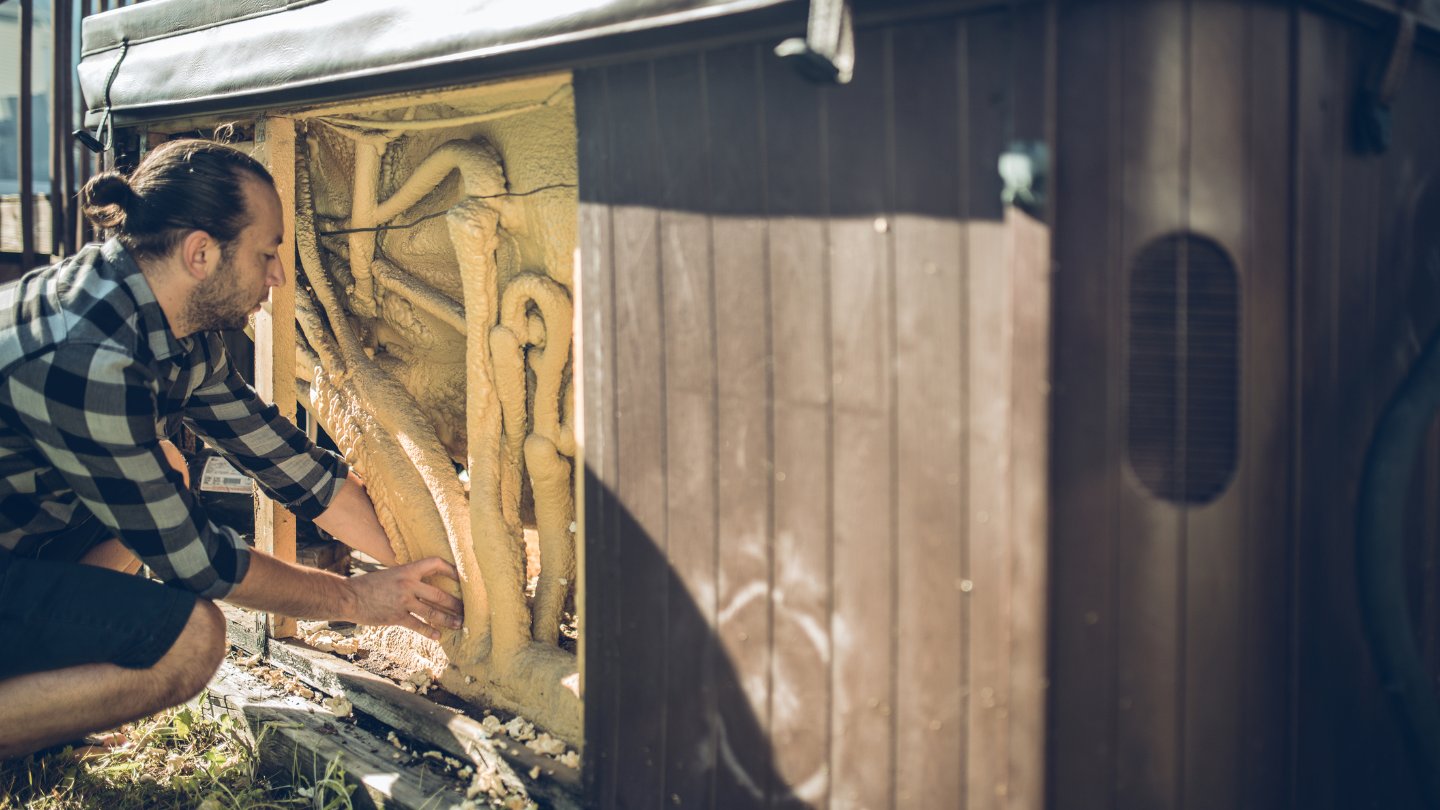
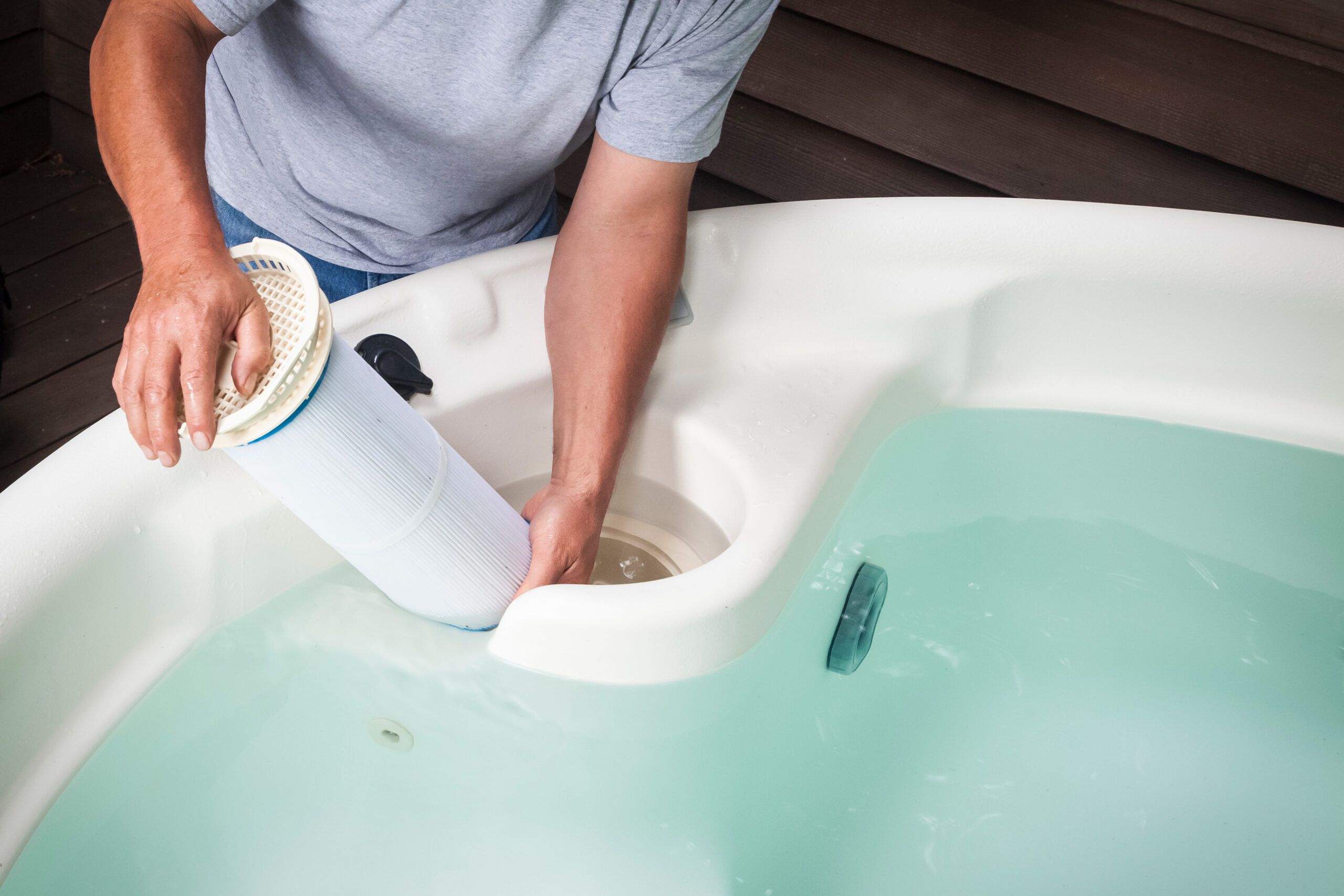
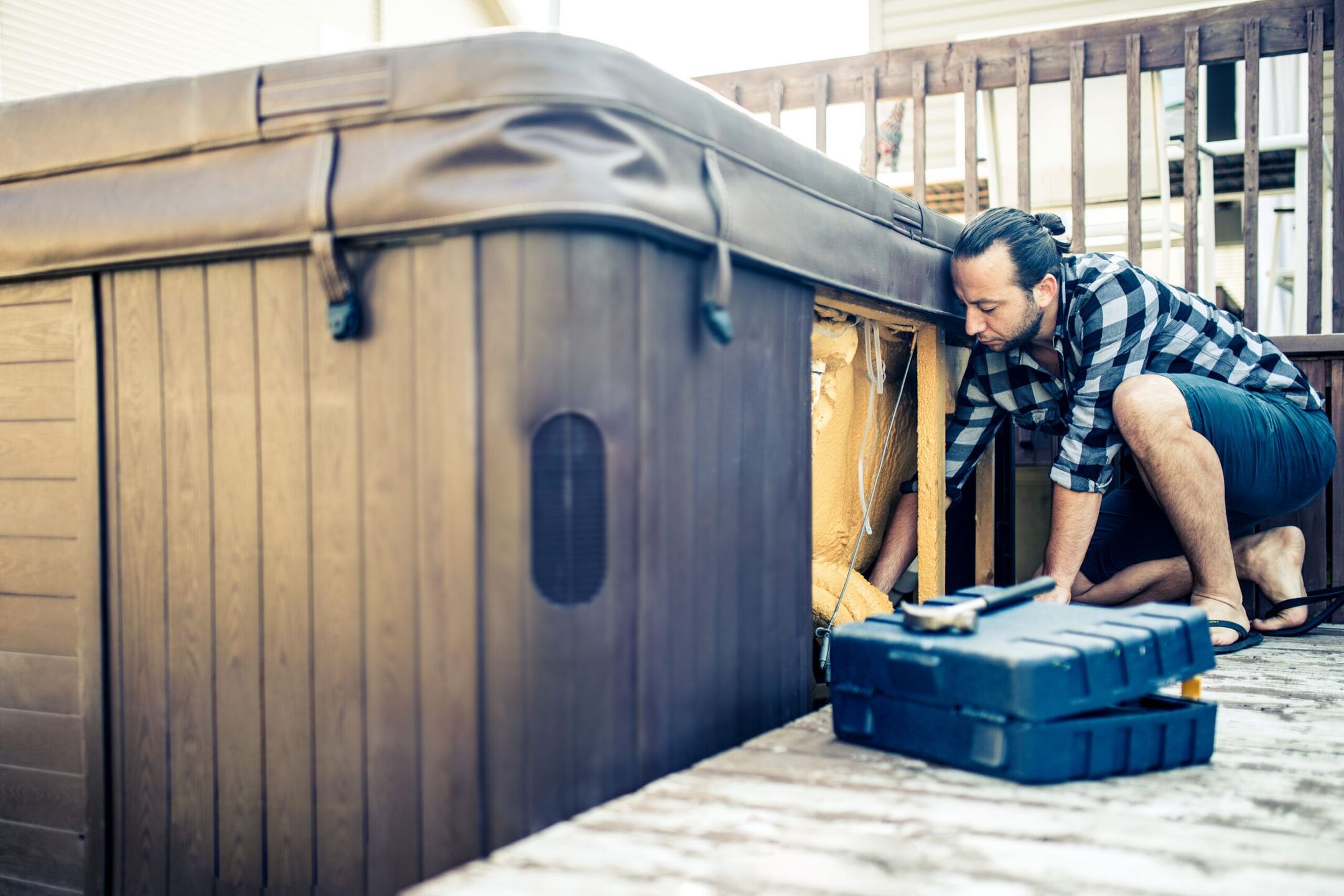
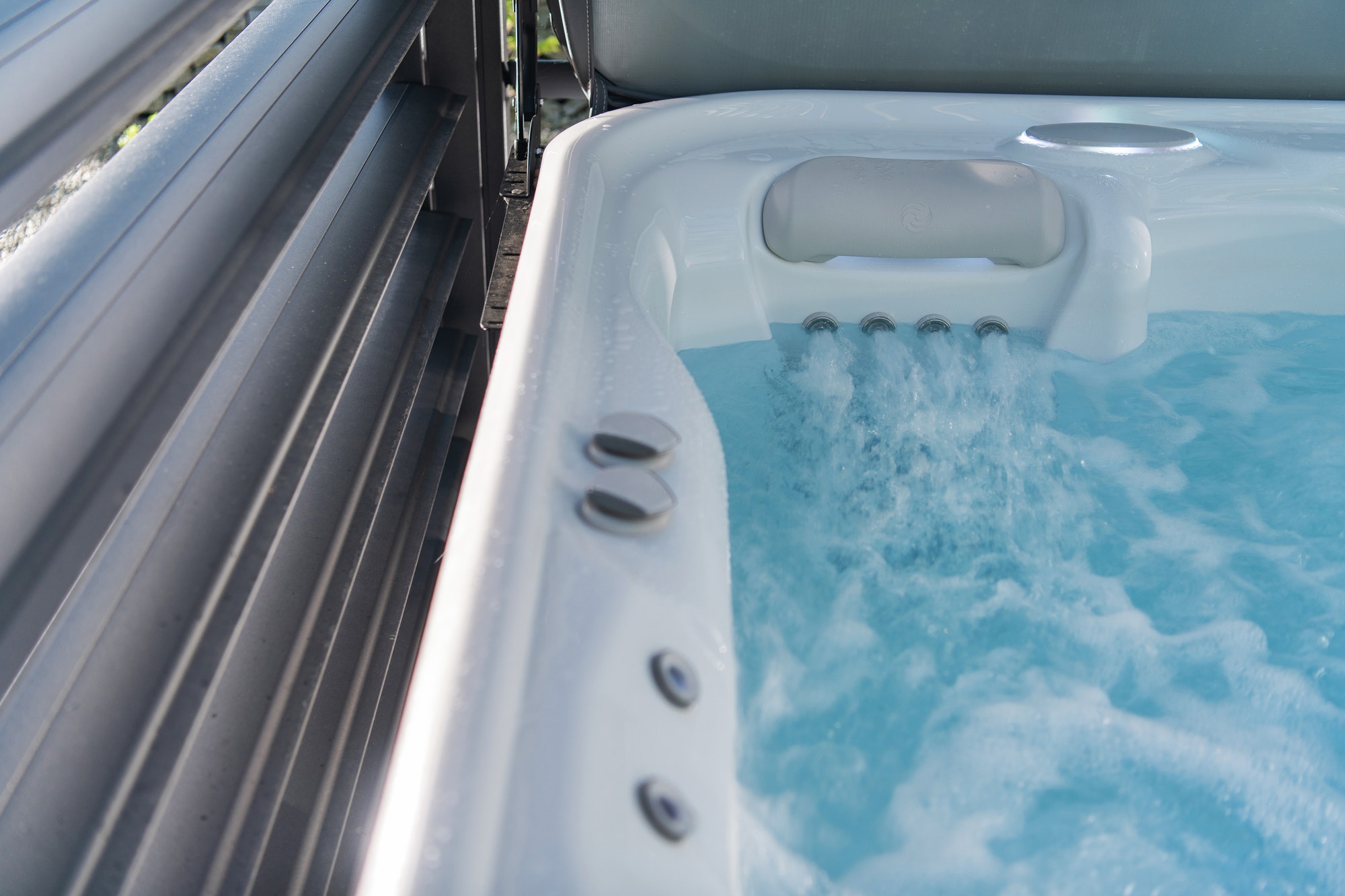
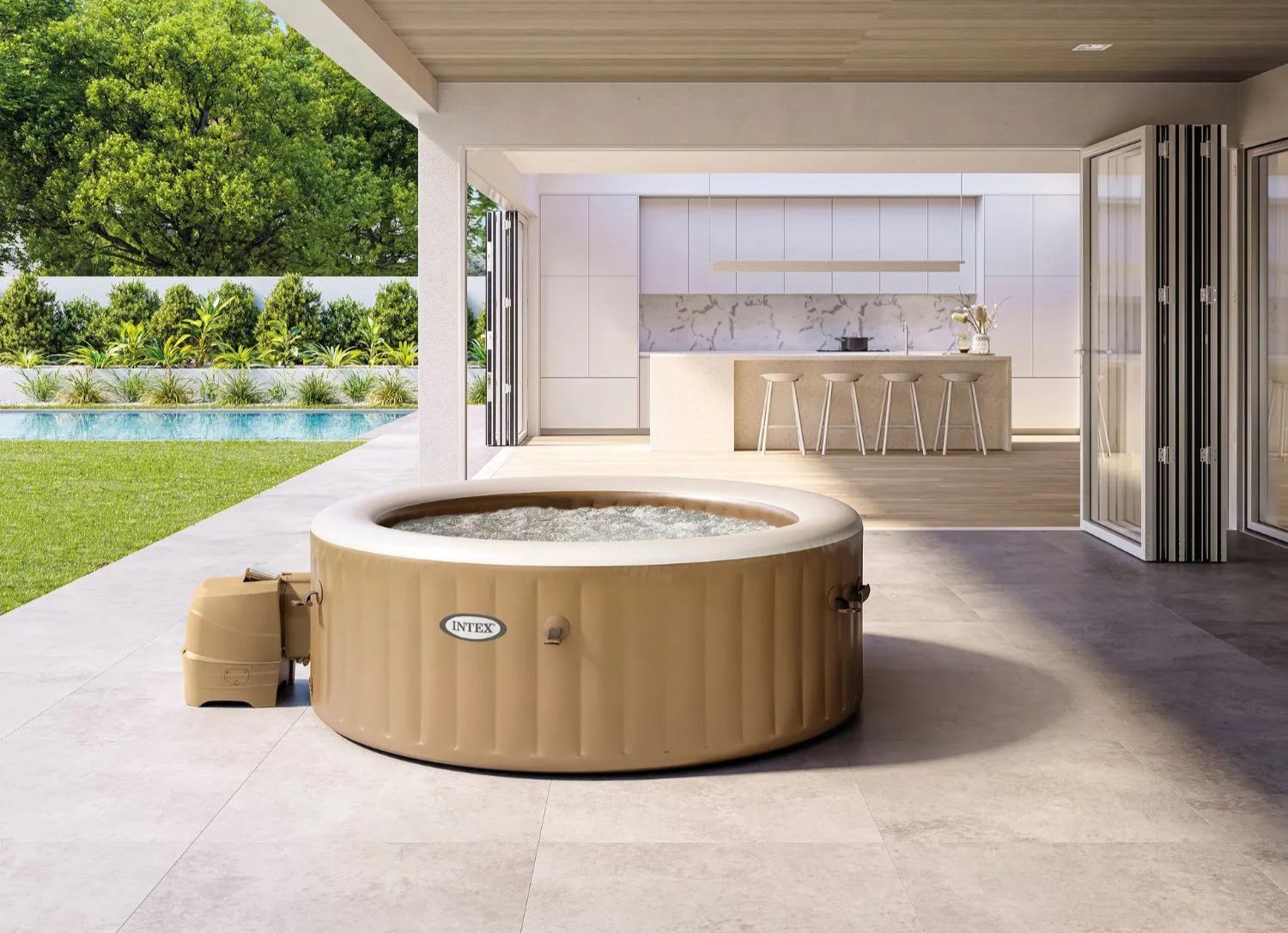
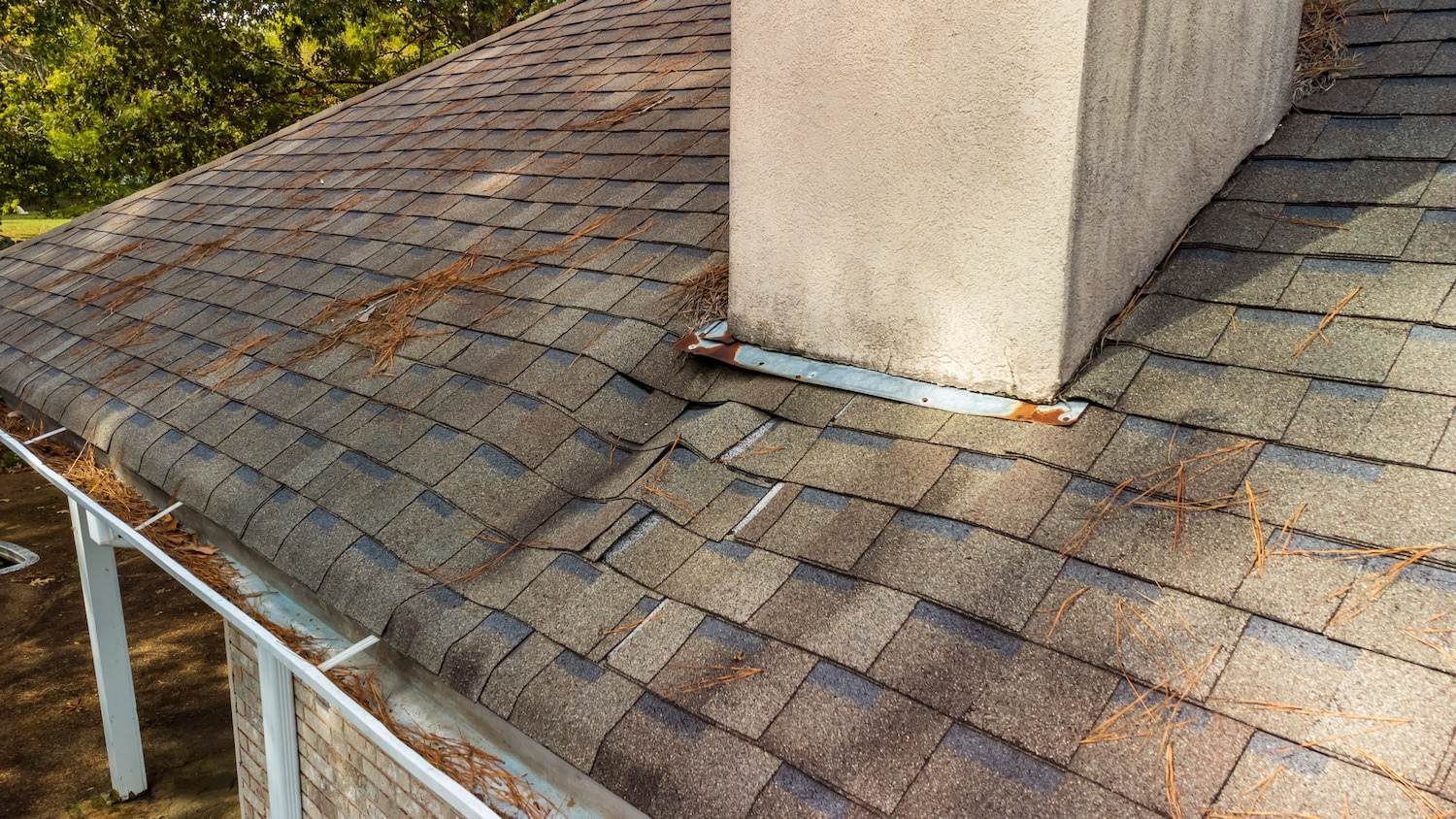
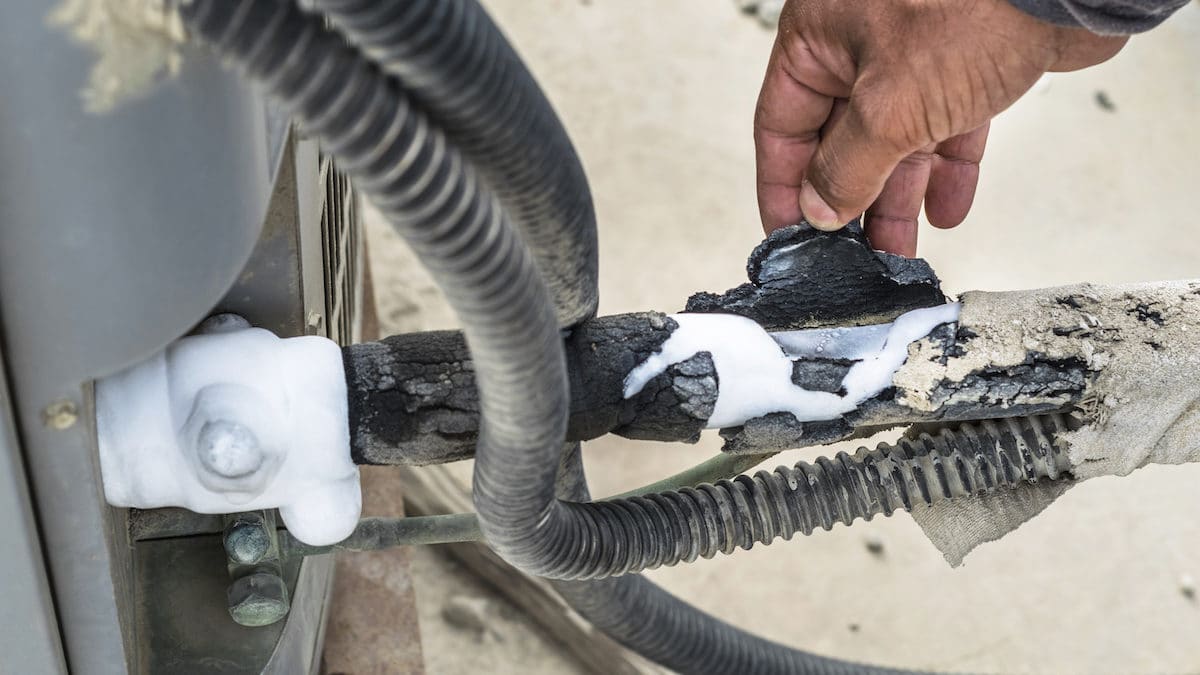
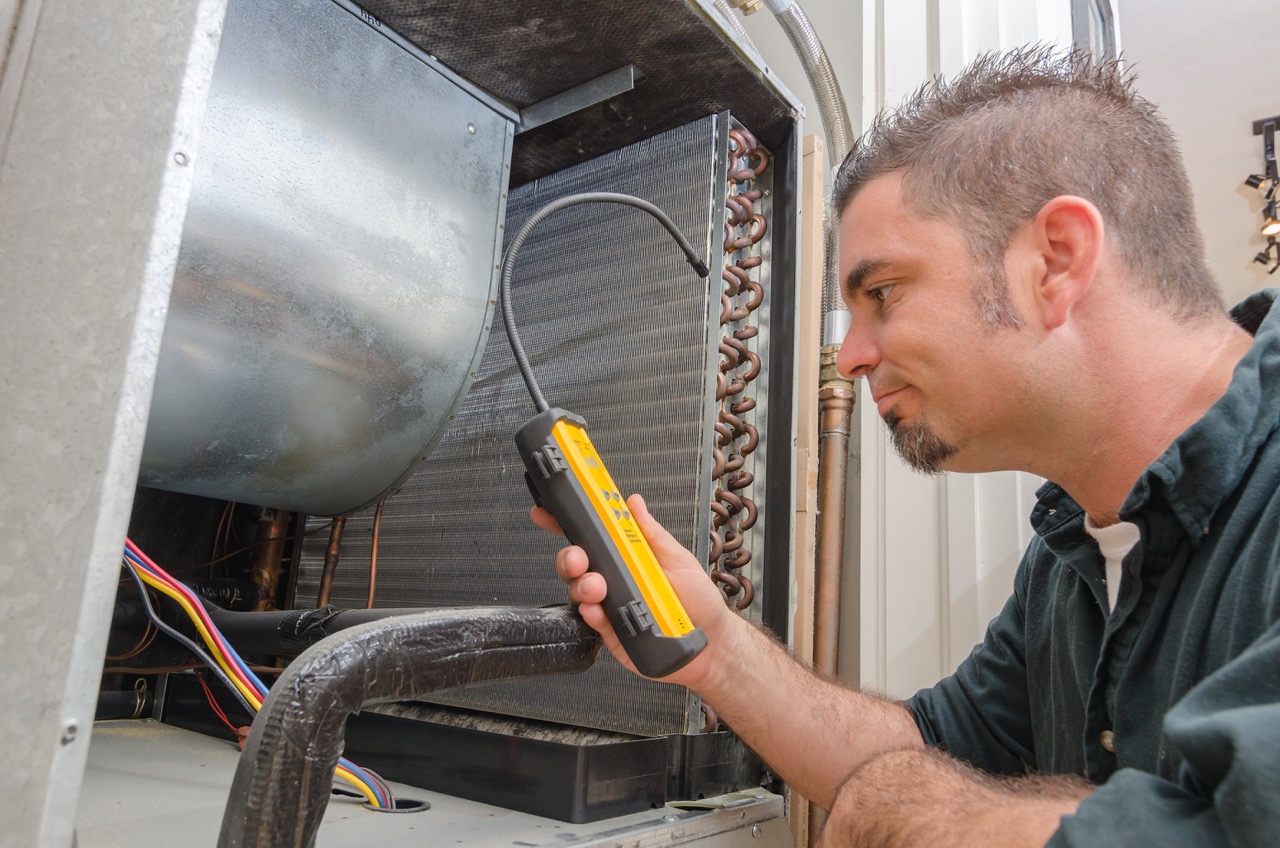
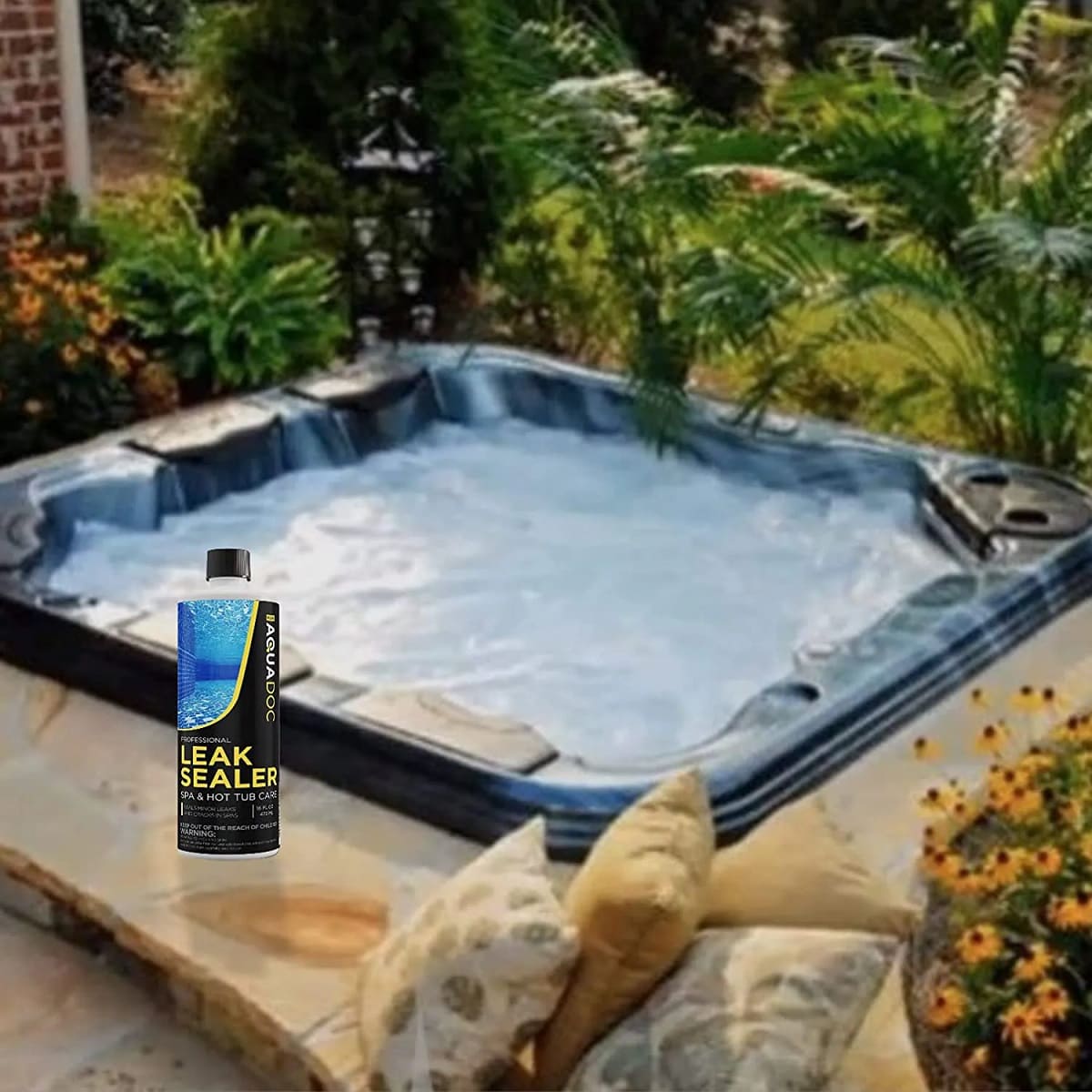

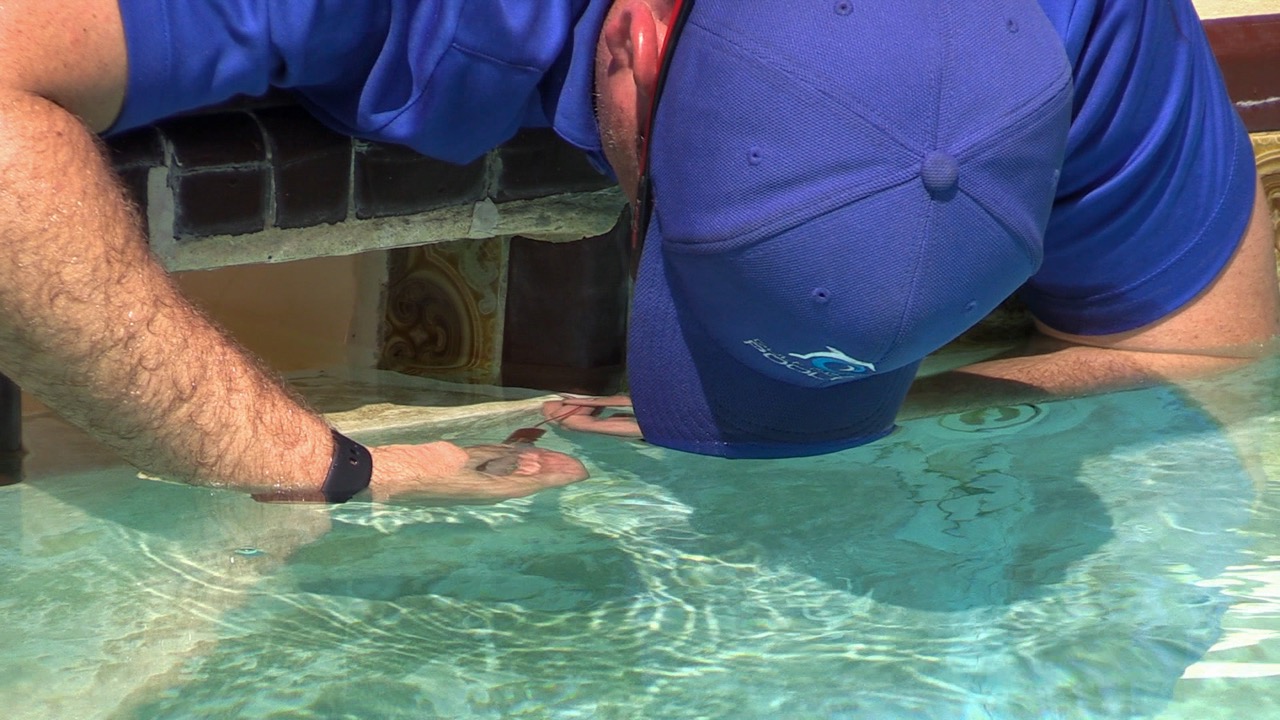
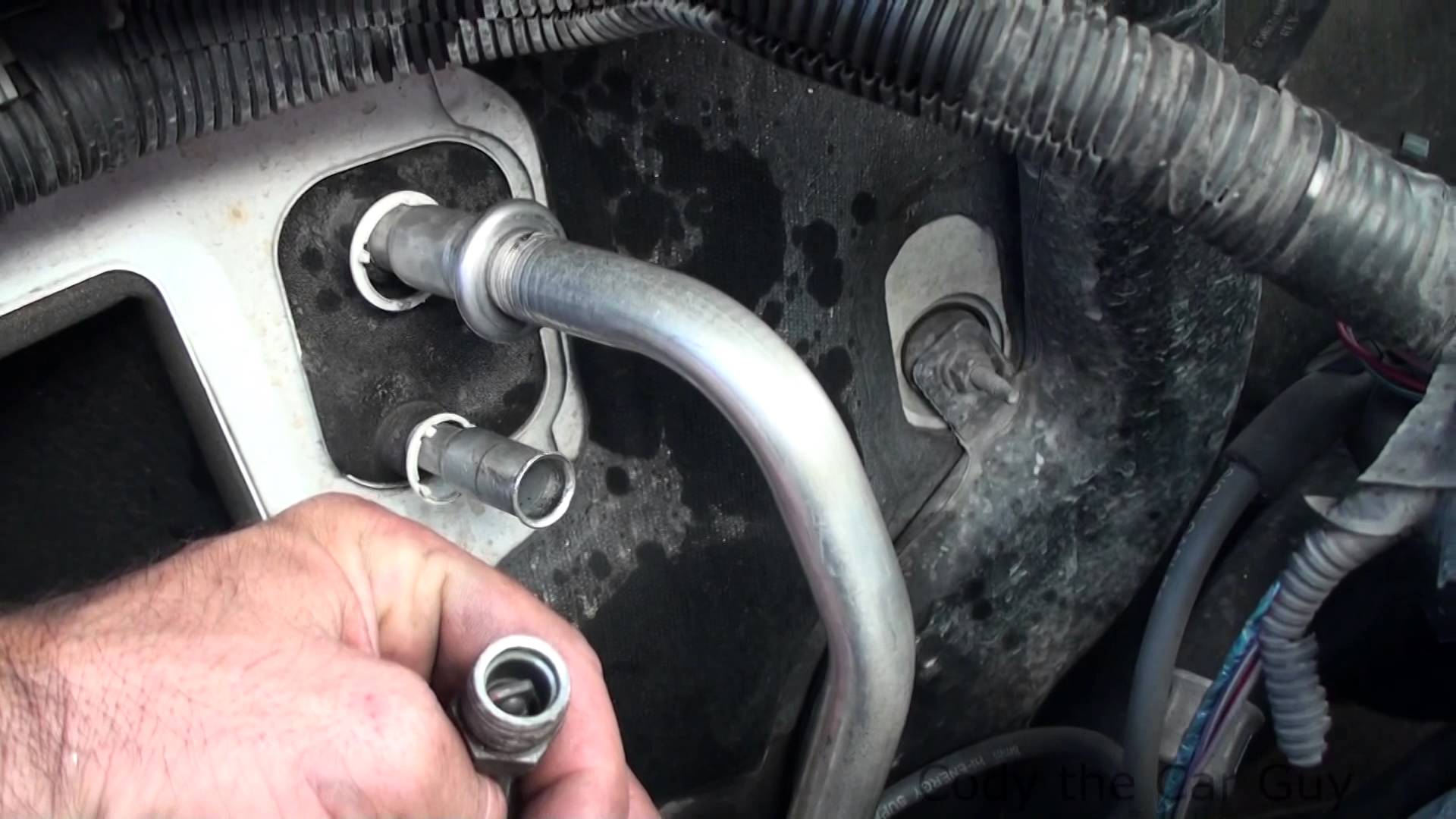
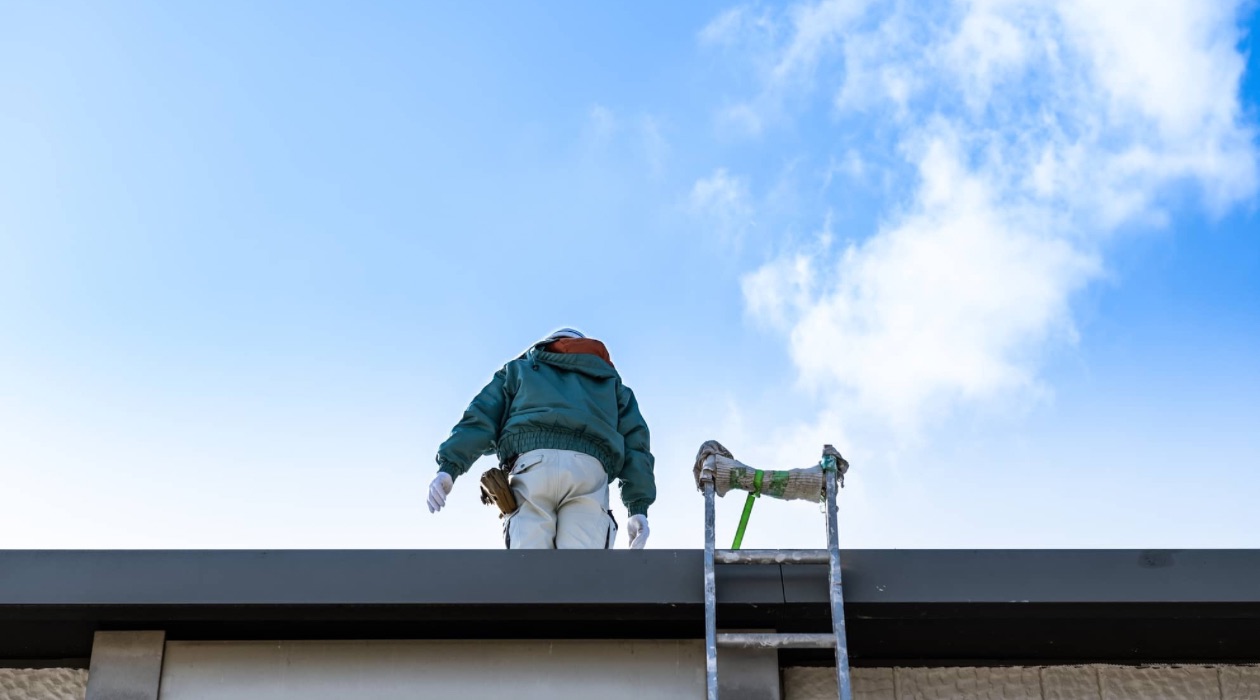
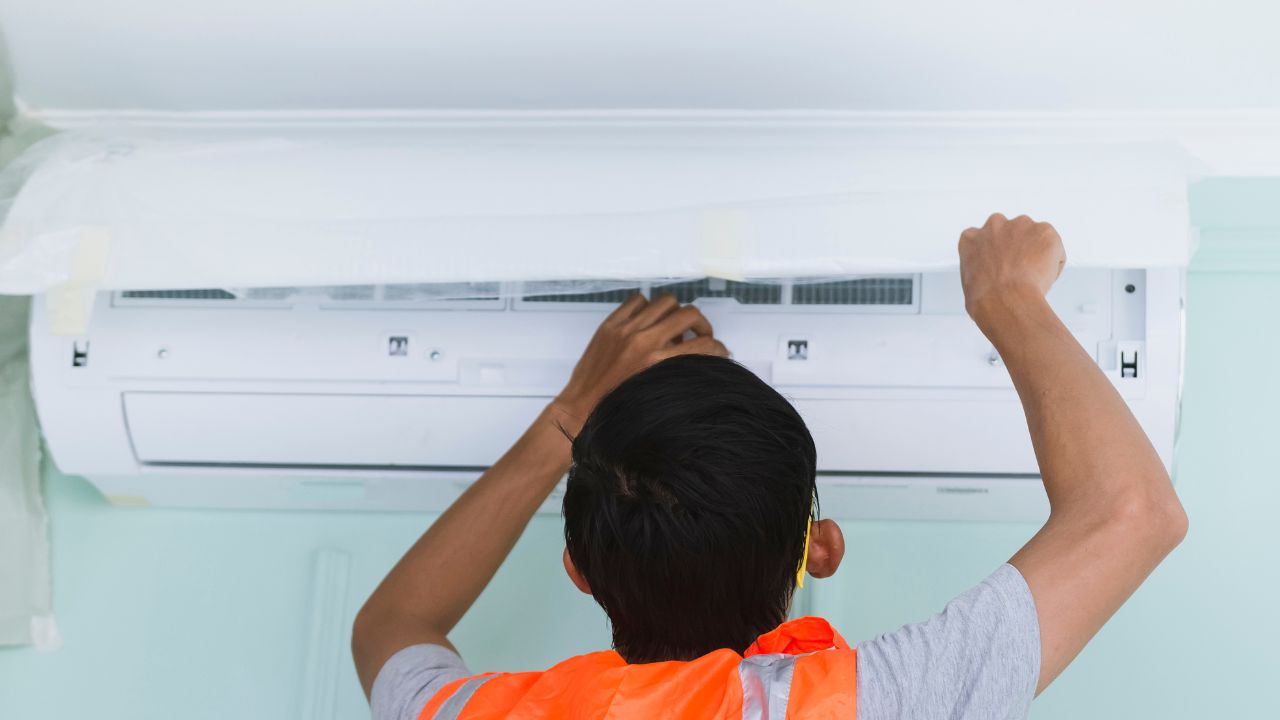

0 thoughts on “How To Find A Leak In Hot Tub”